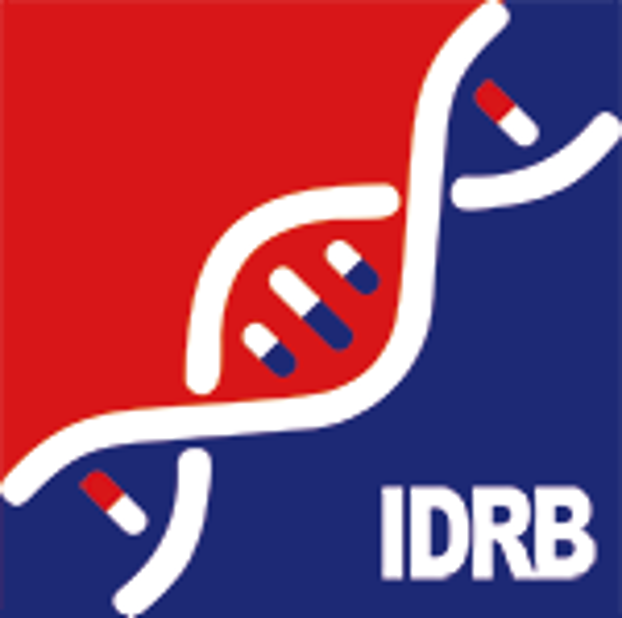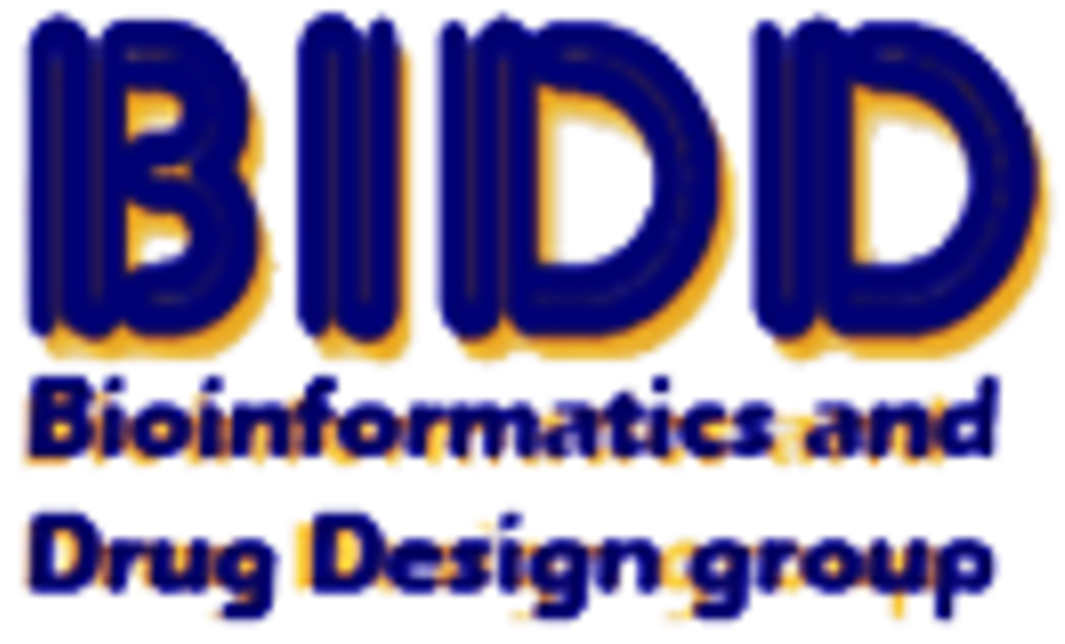Target Information
| Target General Information | Top | |||||
|---|---|---|---|---|---|---|
| Target ID |
T27600
(Former ID: TTDI00091)
|
|||||
| Target Name |
Transforming acidic coiled-coil protein 3 (TACC3)
|
|||||
| Synonyms |
Transforming acidic coiled-coil-containing protein 3; ERIC1; ERIC-1
Click to Show/Hide
|
|||||
| Gene Name |
TACC3
|
|||||
| Target Type |
Literature-reported target
|
[1] | ||||
| Function |
Involved in the processes that regulate centrosome-mediated interkinetic nuclear migration (INM) of neural progenitors. Acts as component of the TACC3/ch-TOG/clathrin complex proposed to contribute to stabilization of kinetochore fibers of the mitotic spindle by acting as inter-microtubule bridge. The TACC3/ch-TOG/clathrin complex is required for the maintenance of kinetochore fiber tension. May be involved in the control of cell growth and differentiation. May contribute to cancer. Plays a role in the microtubule-dependent coupling of the nucleus and the centrosome.
Click to Show/Hide
|
|||||
| UniProt ID | ||||||
| Sequence |
MSLQVLNDKNVSNEKNTENCDFLFSPPEVTGRSSVLRVSQKENVPPKNLAKAMKVTFQTP
LRDPQTHRILSPSMASKLEAPFTQDDTLGLENSHPVWTQKENQQLIKEVDAKTTHGILQK PVEADTDLLGDASPAFGSGSSSESGPGALADLDCSSSSQSPGSSENQMVSPGKVSGSPEQ AVEENLSSYSLDRRVTPASETLEDPCRTESQHKAETPHGAEEECKAETPHGAEEECRHGG VCAPAAVATSPPGAIPKEACGGAPLQGLPGEALGCPAGVGTPVPADGTQTLTCAHTSAPE STAPTNHLVAGRAMTLSPQEEVAAGQMASSSRSGPVKLEFDVSDGATSKRAPPPRRLGER SGLKPPLRKAAVRQQKAPQEVEEDDGRSGAGEDPPMPASRGSYHLDWDKMDDPNFIPFGG DTKSGCSEAQPPESPETRLGQPAAEQLHAGPATEEPGPCLSQQLHSASAEDTPVVQLAAE TPTAESKERALNSASTSLPTSCPGSEPVPTHQQGQPALELKEESFRDPAEVLGTGAEVDY LEQFGTSSFKESALRKQSLYLKFDPLLRDSPGRPVPVATETSSMHGANETPSGRPREAKL VEFDFLGALDIPVPGPPPGVPAPGGPPLSTGPIVDLLQYSQKDLDAVVKATQEENRELRS RCEELHGKNLELGKIMDRFEEVVYQAMEEVQKQKELSKAEIQKVLKEKDQLTTDLNSMEK SFSDLFKRFEKQKEVIEGYRKNEESLKKCVEDYLARITQEGQRYQALKAHAEEKLQLANE EIAQVRSKAQAEALALQASLRKEQMRIQSLEKTVEQKTKENEELTRICDDLISKMEKI Click to Show/Hide
|
|||||
| 3D Structure | Click to Show 3D Structure of This Target | AlphaFold | ||||
| Cell-based Target Expression Variations | Top | |||||
|---|---|---|---|---|---|---|
| Cell-based Target Expression Variations | ||||||
| Different Human System Profiles of Target | Top |
|---|---|
|
Human Similarity Proteins
of target is determined by comparing the sequence similarity of all human proteins with the target based on BLAST. The similarity proteins for a target are defined as the proteins with E-value < 0.005 and outside the protein families of the target.
A target that has fewer human similarity proteins outside its family is commonly regarded to possess a greater capacity to avoid undesired interactions and thus increase the possibility of finding successful drugs
(Brief Bioinform, 21: 649-662, 2020).
Human Tissue Distribution
of target is determined from a proteomics study that quantified more than 12,000 genes across 32 normal human tissues. Tissue Specificity (TS) score was used to define the enrichment of target across tissues.
The distribution of targets among different tissues or organs need to be taken into consideration when assessing the target druggability, as it is generally accepted that the wider the target distribution, the greater the concern over potential adverse effects
(Nat Rev Drug Discov, 20: 64-81, 2021).
Biological Network Descriptors
of target is determined based on a human protein-protein interactions (PPI) network consisting of 9,309 proteins and 52,713 PPIs, which were with a high confidence score of ≥ 0.95 collected from STRING database.
The network properties of targets based on protein-protein interactions (PPIs) have been widely adopted for the assessment of target’s druggability. Proteins with high node degree tend to have a high impact on network function through multiple interactions, while proteins with high betweenness centrality are regarded to be central for communication in interaction networks and regulate the flow of signaling information
(Front Pharmacol, 9, 1245, 2018;
Curr Opin Struct Biol. 44:134-142, 2017).
Human Similarity Proteins
Human Tissue Distribution
Biological Network Descriptors
|
|
| Protein Name | Pfam ID | Percentage of Identity (%) | E value |
|---|---|---|---|
| Unconventional myosin-XVIIIb (MYO18B) | 25.728 (53/206) | 1.05E-04 |
|
Note:
If a protein has TS (tissue specficity) scores at least in one tissue >= 2.5, this protein is called tissue-enriched (including tissue-enriched-but-not-specific and tissue-specific). In the plots, the vertical lines are at thresholds 2.5 and 4.
|
| Degree | 9 | Degree centrality | 9.67E-04 | Betweenness centrality | 5.14E-05 |
|---|---|---|---|---|---|
| Closeness centrality | 2.09E-01 | Radiality | 1.37E+01 | Clustering coefficient | 6.39E-01 |
| Neighborhood connectivity | 5.43E+01 | Topological coefficient | 2.55E-01 | Eccentricity | 13 |
| Download | Click to Download the Full PPI Network of This Target | ||||
| Target Regulators | Top | |||||
|---|---|---|---|---|---|---|
| Target-regulating microRNAs | ||||||
| Target-interacting Proteins | ||||||
| References | Top | |||||
|---|---|---|---|---|---|---|
| REF 1 | Knockdown of TACC3 Inhibits the Proliferation and Invasion of Human Renal Cell Carcinoma Cells. Oncol Res. 2018 Mar 5;26(2):183-189. | |||||
If You Find Any Error in Data or Bug in Web Service, Please Kindly Report It to Dr. Zhou and Dr. Zhang.

